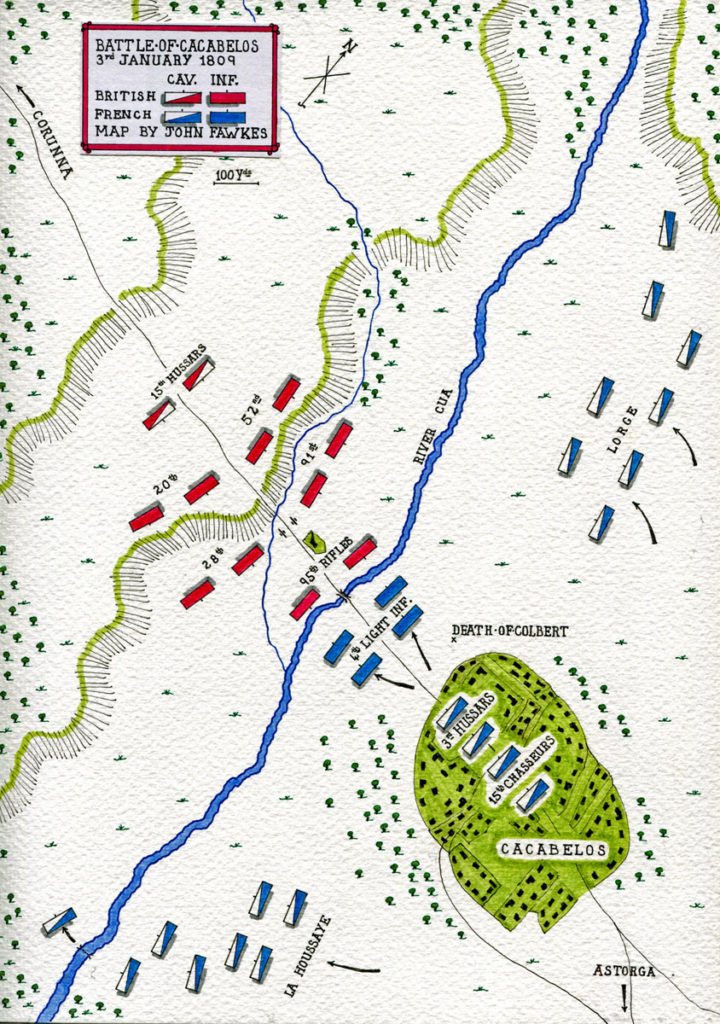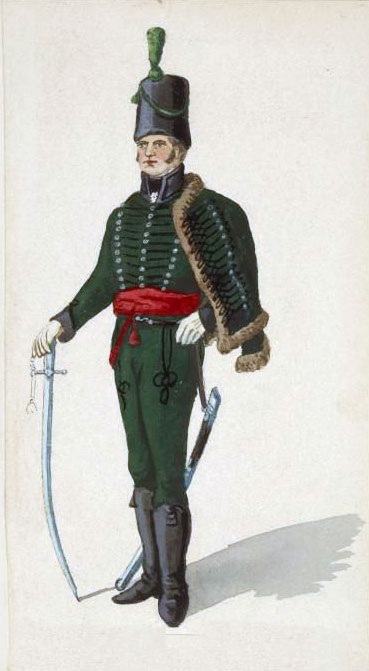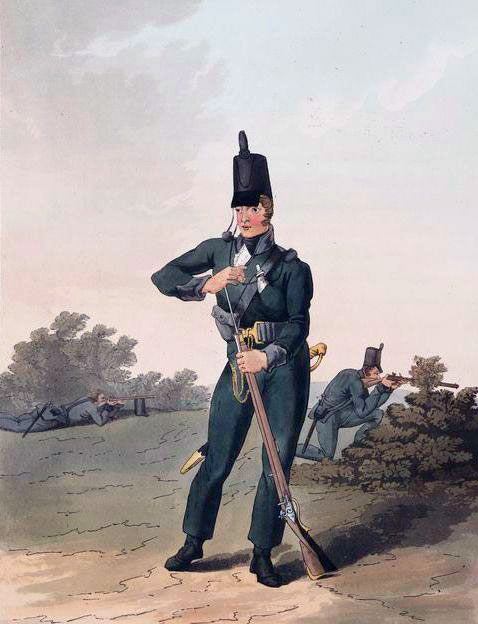The battle fought at Cacabelos bridge on 3rd January 1809 during Sir John Moore’s retreat to Corunna in the Peninsular War
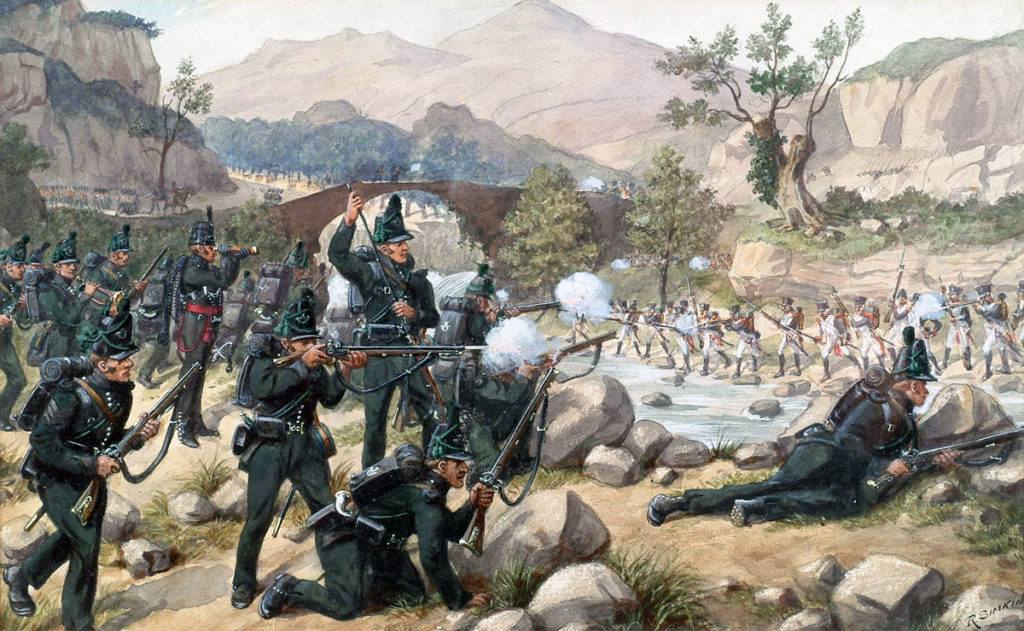
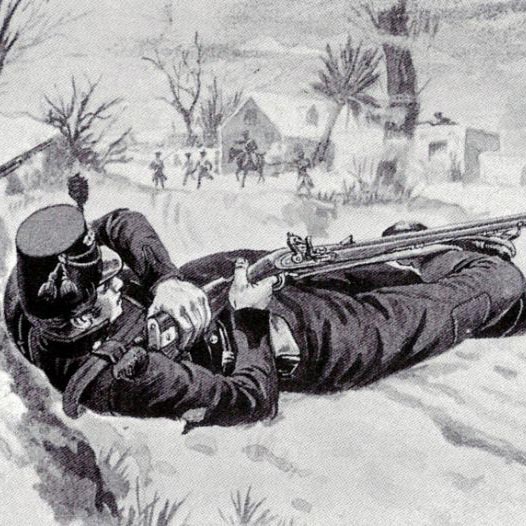
6. Podcast of the Battle of Cacabelos: The battle fought at Cacabelos bridge on 3rd January 1809 during Sir John Moore’s retreat to Corunna in the Peninsular War: John Mackenzie’s Britishbattles.com podcasts.
The previous battle of the Peninsular War is the Battle of Benavente
The next battle of the Peninsular War is the Battle of Corunna
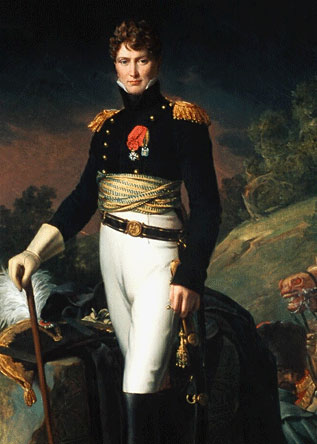
War: Peninsular War
Date of the Battle of Cacabelos: 3rd January 1809
Place of the Battle of Cacabelos: North-western Spain.
Combatants at the Battle of Cacabelos: The British against the French.
Commanders at the Battle of Cacabelos: Major-General Edward Paget commanded the British rear guard under Lieutenant General Sir John Moore.
The French General Colbert began the battle with his cavalry brigade, supported by the cavalry divisions of Generals Lorge and La Houssaye and the infantry division of General Merlet, all under the command of Marshal Soult.
Size of the armies at the Battle of Cacabelos:
The British troops involved in the Battle of Cacabelos numbered around 2,000 out of an army of 40,000 men.
The French troops involved in the Battle of Cacabelos numbered around 10,000 out of an army, including the Imperial Guard, of 250,000 men.
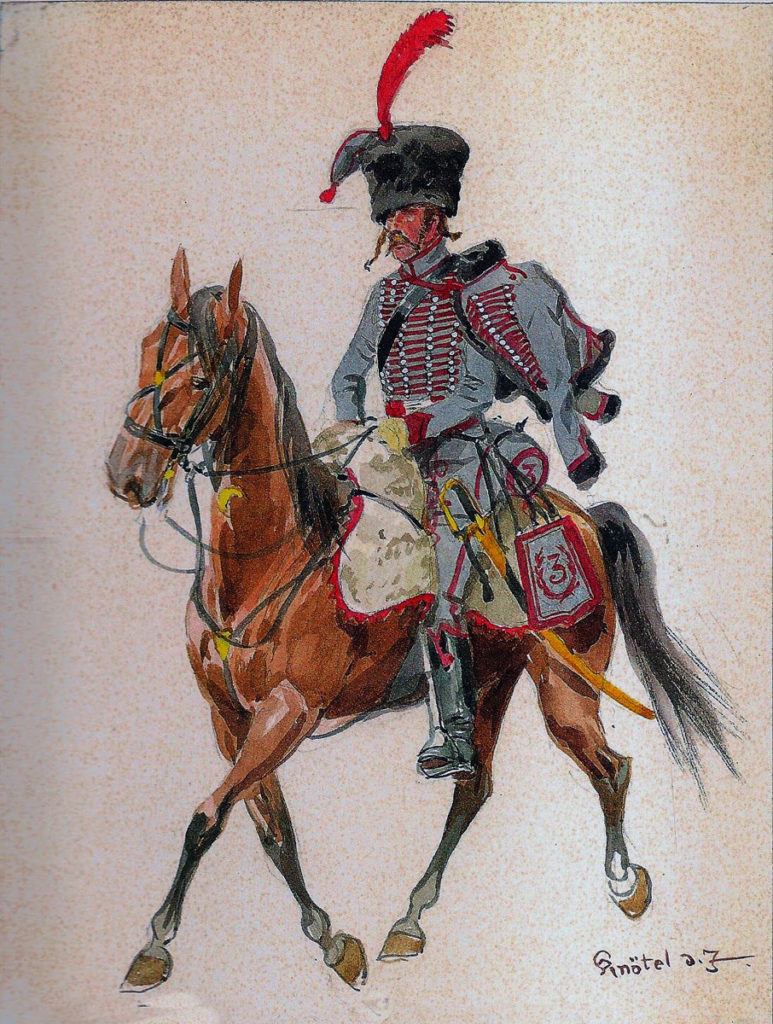
Winner of the Battle of Cacabelos:
The British rear guard held the pursuing French back while the main body of Moore’s army continued its retreat over the mountains.
Background to the Battle of Cacabelos:
At the end of December 1808, Moore’s British army was retreating to the north-west of Spain, along the 165 mile stretch of road over the Cantabrian Mountains from Astorga to Corunna, pursued by the significantly stronger French army.
General Edward Paget commanded the British infantry rear guard, comprising the 20th, 28th, 52nd and 92nd regiments and the 95th Rifles.
Discipline was collapsing across the army, other than certain regiments kept under tight control by their officers.
On entering the village of Bembibre, the troops found the area’s wine harvest in storage.
Hundreds of British soldiers drank themselves into insensibility.
The rear guard and the cavalry, marching behind the rest of the army, did what they could to rouse the drunken men, but many remained behind to be killed or captured by the pursuing French.
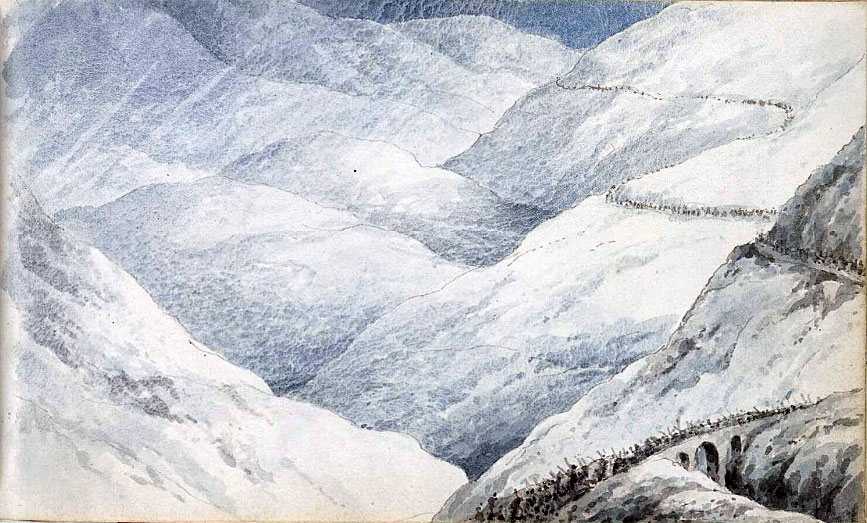
On 1st January 1809, Moore’s army reached Villafranca, where there were further breakdowns of discipline.
The reserve acting as the rear guard remained at Cacabelos, a village 5 miles back along the road, to hold off the pursuing French.
Battle of Cacabelos:
The village of Cacabelos stands on the east side of the River Cua.
The main road from Astorga to Corunna passes through Cacabelos, across a small stone bridge, up into the hills to Villafranca and finally on to Corunna.
On 3rd January 1809, the British reserve was still in Cacabelos, as the main army began its march north-west from Villafranca, further up the road into the mountains.
Three British soldiers, caught plundering Spanish villagers, were brought in to General Paget in Cacabelos.
Paget paraded his battalions in hollow square to watched the hanging of these three men.
Twice, during the preparations for the hanging, hussars rode in to report to Paget the imminent arrival of the French.
Finally, Paget called on the assembled troops to undertake to behave well and released the three condemned men.
General Colbert was approaching Cacabelos with his French cavalry brigade, comprising 3rd Hussars and 15th Chasseurs à Cheval , the advance guard of Marshal Soult’s army, in the early afternoon of 3rd January 1809.
Colbert was confronted by 5 companies of the British 95th Rifles and a squadron of 15th Hussars on the road to the east of Cacabelos.
Once contact was made with the French, the companies of the 95th retired to the village of Cacabelos.
On the west side of the River Cua, the 52nd Light Infantry, 20th, 28th and 91st Regiments were drawn up with a battery of Royal Horse Artillery.
The French dragoon divisions of Lorge and La Houssaye came up and patrols were sent along the stream, looking for somewhere to cross the swollen torrent outside the village.
After an hour of observation, Colbert saw the companies of the 95th Rifles beginning to file back into the village to cross the River Cua.
Colbert promptly launched his brigade in a charge against the squadron of 15th Hussars.
The 15th Hussars galloped down the road into Cacabelos, throwing the 95th into confusion and enabling the French cavalry to get among them and capture 48 riflemen, with a few fatalities.
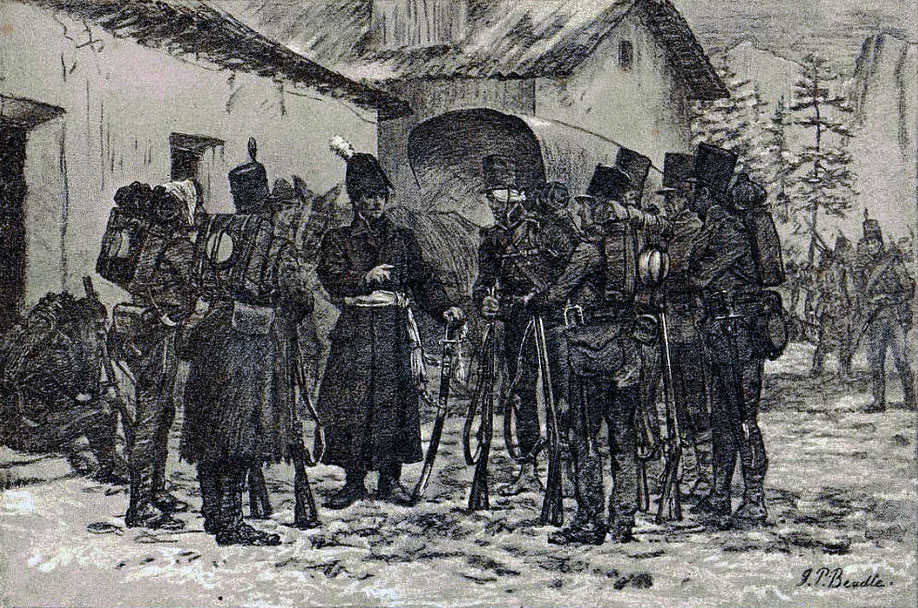
The remaining riflemen escaped into the village and made their way across the bridge.
Colbert attempted to storm the bridge, but his brigade was met with blasts of grape-shot from the British guns and volleys from the infantry, which drove it back with significant casualties.
At about this time, Moore arrived and took over command, moving the 20th and 52nd to the summit of the ridge, overlooking the river.
Colbert decided to await the arrival of the French infantry before making any further attack on the bridge, deploying dismounted cavalrymen along the bank of the Cua to maintain the fight with the British riflemen lining the river.
La Houssaye found a ford and sent some squadrons across to the west bank.
At around 4pm, the French 4th Light Infantry of Merle’s Division reached Cacabelos and engaged the 95th Rifles.
Colbert rode towards the river, urging on the French skirmishing line, a conspicuous figure on his horse amongst the infantry.
At this point Colbert was shot dead.
As Merle’s Division came up, the French infantry regiments crossed by the ford found by La Houssaye and prepared for an assault on the British right.
By this time, Moore had drawn off the rear-guard and the British retreat continued.
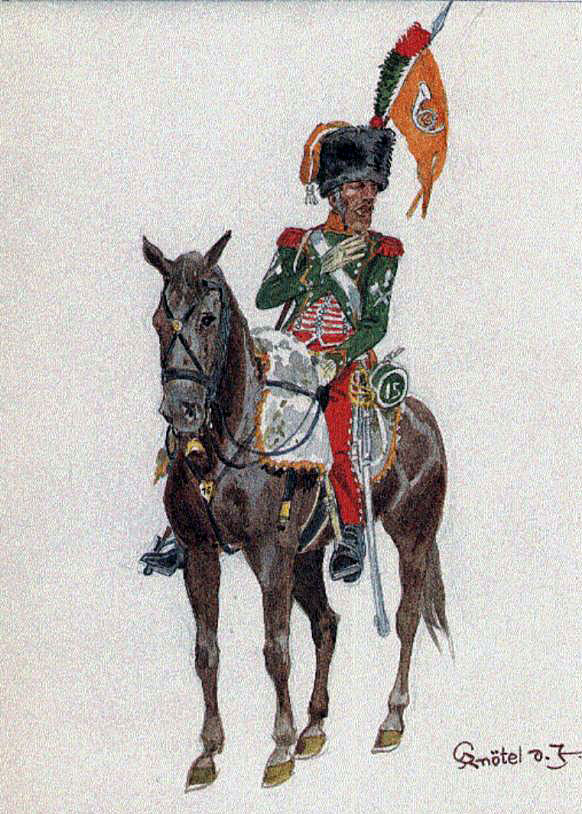
Casualties in the Battle of Cacabelos:
Fortescue describes the battle as principally a duel between the British 95th Rifles and the French 4th Light Infantry, giving the casualties of each at around 60, other than the 48 riflemen captured in Colbert’s initial attack.
The striking loss for the French army was the death of Brigadier General Auguste François-Marie de Colbert-Chabanais. Dying at the age of 31 years, General Colbert was one of the rising stars of the Imperial French Army, Marshal Ney’s favoured cavalry brigade commander, with distinguished service in Egypt and at the Battles of Marengo, Elchingen, Austerlitz, Jena, Eylau and Friedland.
Aftermath to the Battle of Cacabelos:
The Battle of Cacabelos was a relatively minor interlude in the punishing British retreat across the Cantabrian Mountains and the Battle of Corunna.
Battle Honours and Medal for the Battle of Cacabelos:
The Battle of Cacabelos was not a clasp on the Military General Service Medal 1848 nor a British battle honour.
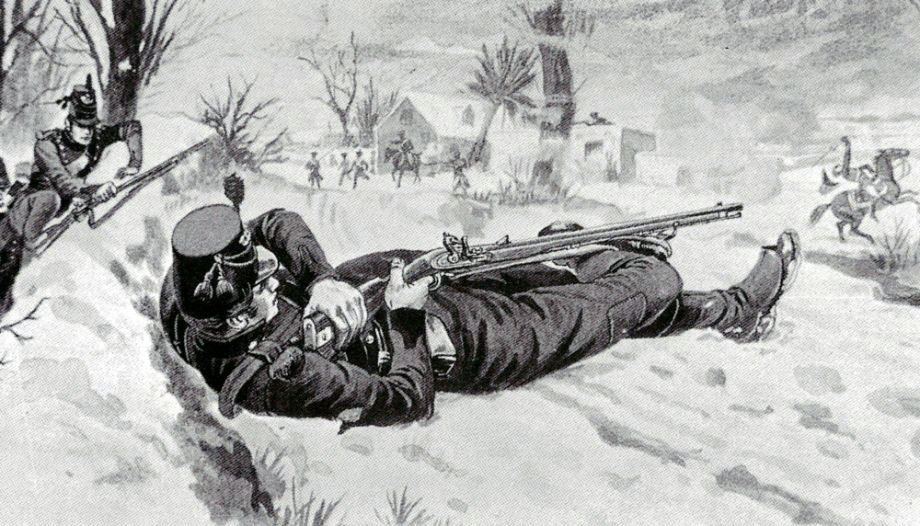
Anecdotes and traditions from the Battle of Cacabelos:
- General Colbert was shot by an Irish soldier of the 95th Rifles, Thomas Plunket. After shooting Colbert it is reported that Plunket also shot Colbert’s adc who was attempting to assist his general. Plunket, renowned for his marksmanship with the Baker rifle, shot Colbert and his adc at an extreme range, probably around 250 yards, where Colbert will not have considered he was at risk.
- General Colbert’s final words are reported to have been ‘I am still very young to die; but at least my death is that of a soldier of the great army, because, expiring, I see flee the last and eternal enemies of my country.’ On the other hand it was reported that Colbert was shot dead.
- Marshal Ney ordered the collection of General Colbert’s personal effects and their delivery to Colbert’s widow and 2 young sons as a mark of his respect for the general.
- Thomas Plunket continued to serve with the 95th Rifles through the Peninsular War and at Waterloo, where he was wounded. Plunket was a heavy drinker and did not achieve promotion. After unsuccessfully emigrating to Canada, Plunket rejoined the army, finally dying in Colchester in 1839, a group of retired officers paying for his funeral.

References for the Battle of Cacabelos:
See the extensive list of references given at the end of the Peninsular War Index.
The previous battle of the Peninsular War is the Battle of Benavente
The next battle of the Peninsular War is the Battle of Corunna

6. Podcast of the Battle of Cacabelos: The battle fought at Cacabelos bridge on 3rd January 1809 during Sir John Moore’s retreat to Corunna in the Peninsular War: John Mackenzie’s Britishbattles.com podcasts.
